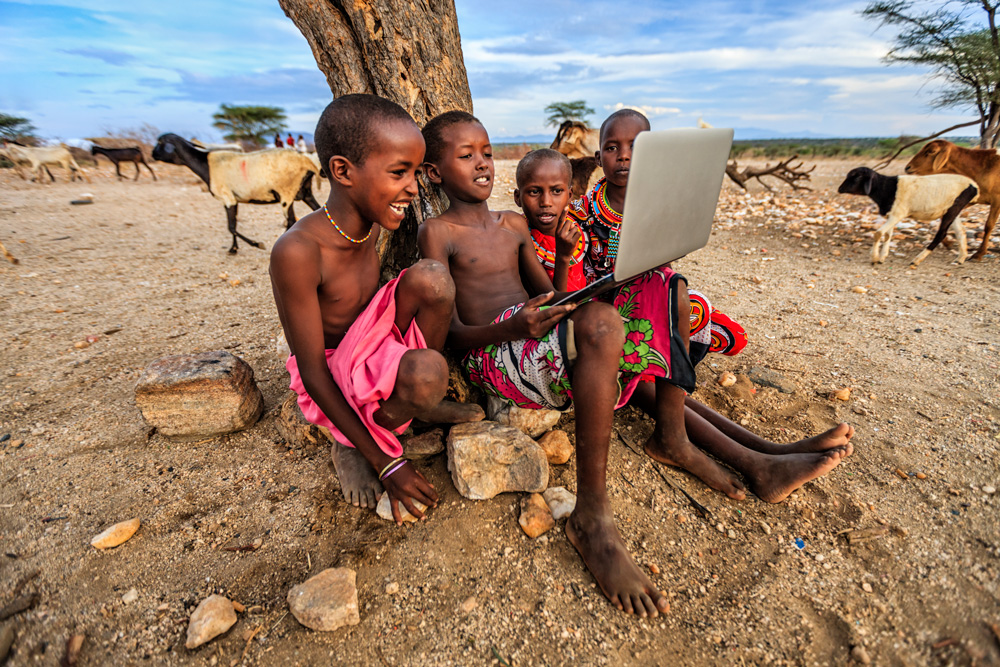Changing the image of rural life is important, but it can only go so far unless rural areas offer rewarding jobs and opportunities for a decent living. It is crucial to match education with labor market demands, generate jobs through supply chain development and improve socio-economic conditions for society as a whole.
How to ensure the effective inclusion of rural youth? How to make sure young people have a prosperous future in rural areas? And how can we work together with young people to achieve these goals? These were the core questions discussed during SIANI network gathering in Stockholm on January 30, 2020.
Nearly every international event has a session about youth and we often acknowledge that young people are left to scramble for whatever they can get, particularly in rural areas of low- and middle-income countries. Meanwhile, youth unemployment and lack of inclusion are not only a matter of concern for social cohesion and inequality, but it also generates losses in GDP and tax revenue. The lack of youth inclusion might furthermore decrease the trust in state institutions which ultimately can fuel social unrest, as seen during the Arab Spring.
IFAD’s Rural Development Report 2019 shed light on why it is crucial to invest in rural youth. The report laid the ground for the Rural Youth Action Plan 2019-2021, a strategic framework the UN Agency intends to employ in all its country strategies to advance the action on the Sustainable Development Goals (SDGs). Francesca R. Borgia (Technical Analyst in Rural Youth at IFAD) spoke about the logic behind the plan.
66% of all young people in the world live in rural and peri-urban areas of low- and middle-income counties. Most of these areas have favorable farming conditions, but are hindered by limited market space. So, in contrast to a persistent myth, many young people do work on farms, but their incomes fall below the poverty line, and there are few other jobs in rural areas in general. Consequently, young people leave for cities and don’t aspire to pursue a career in agriculture.
“Young people express that they want to have an income sufficient for themselves and to take care of the family, and to help their parents,” said Hanna Sinare (Researcher at the Stockholm Resilience Center).
Hanna Sinare is studying occupational motivations and aspirations of rural youth in Burkina Faso. Her research indicates that young people would have considered farming as an occupation if they could access land and water and afford to pay for seeds, fertilizers and other inputs. Poor road quality, insufficient means of transportation, as well as the lack of storage and processing facilities are other reasons why youth doesn’t want to work in agriculture.
Clearly, improving the inclusion of rural youth is not only about making the image of farming more attractive. Creating an enabling environment that generates decent jobs, not only on farms, can be more effective in drawing young people to rural areas. However, it is important to have in mind that if there are no opportunities in general, there won’t be any for youth either. That is why such policies should not single out young people, but focus on the social and economic empowerment of society as a whole.
The labour market is a crucial development vehicle because it dictates what kind of jobs will be needed and available. So, rolling out policies that connect young people with jobs, providing them with skills that market demands can be very effective.
One of the SIANI Expert Groups found a niche on the mismatch between university curricular and market demand. Steven Carr (CEO, Agripreneurship Alliance) discovered that while many young people in East Africa would like to start their own business in agriculture, few know how to make a value proposition, write a business plan and formalize budgeting.
For the past two years, SIANI has been collaborating with the Agriprenership Alliance with the development and implementation of a blended learning course to improve the business skills of young agripreneurs. The course was rolled out in Kenya, Uganda and Somaliland and resulted in exciting innovations, including biomass briquets from agricultural waste, alcohol-free aftershave made from organic lemons targeted to the Muslim population and beetroot flavored yogurt.
The level of food system transformation is another structural feature IFAD recommends to pay attention to when devising youth-cantered development policies. Self-employment is appropriate and sufficient for small and closed economies with short supply chains. However, as soon as supply chains become longer and there is trade, it’s essential to create jobs by investing in processing facilities, marketplaces, cold chain, storage, transportation and marketing. All of these can supercharge youth empowerment and engage young people in the food system, while providing jobs in rural areas.
Finally, it’s crucial to remember that inclusion and engagement are about communication and dialogue. As stressed by Pius Hiwe (Youth-Leader Communications Champion at YPARD): “More often than not when policy-makers and development professionals talk about youth inclusion they drown in the noise of their own voices.”
Listening to what young people have to say about what they need and what while speaking with them in the language they can understand and relate to is key. Employing creative approaches from design, music and art can be of great help. After all, as David Carson put it: “Just because something is clear enough to read doesn’t mean it communicates and, more importantly, doesn’t mean it communicates the right thing.”
Watch videos of all the talks from our Annual Meeting 2020
Reporting by Ekaterina Bessonova, Communications Officer, SIANI.
